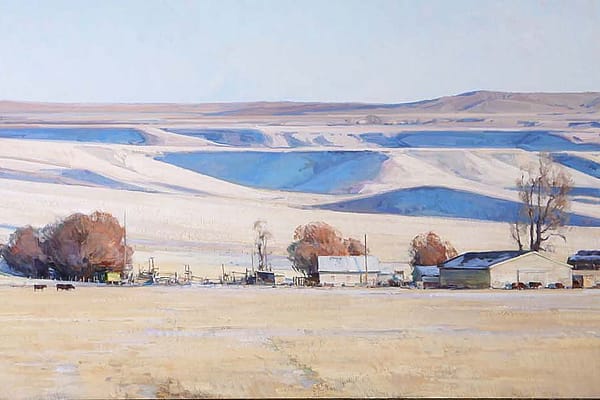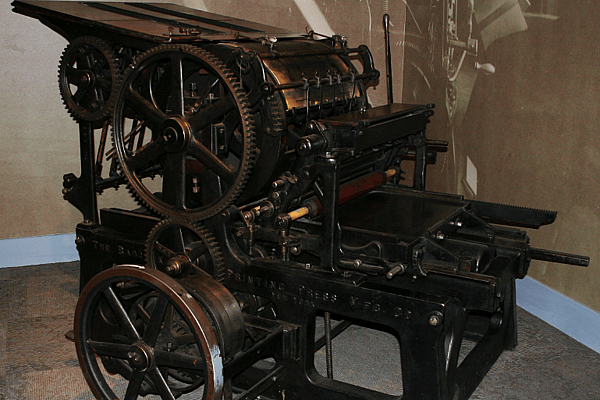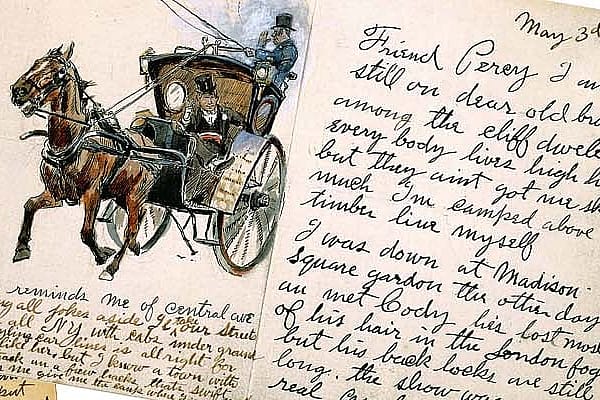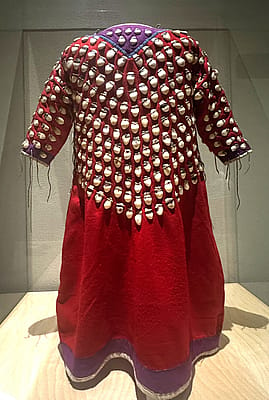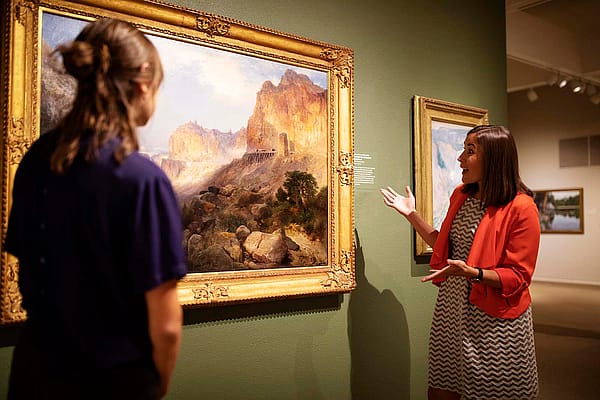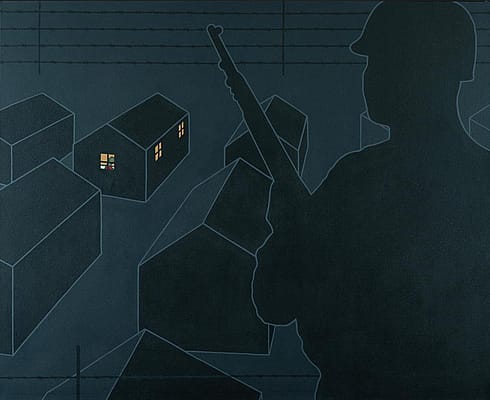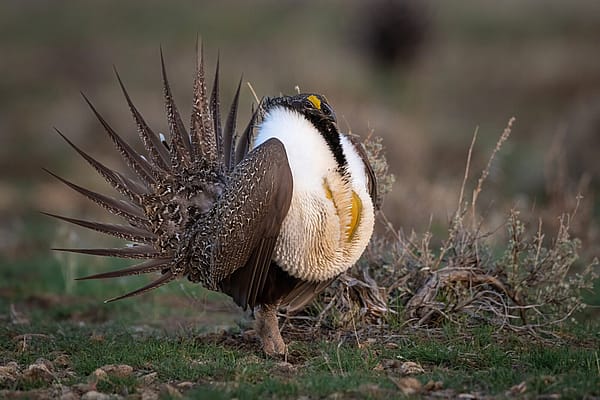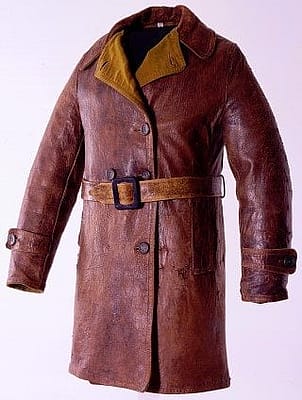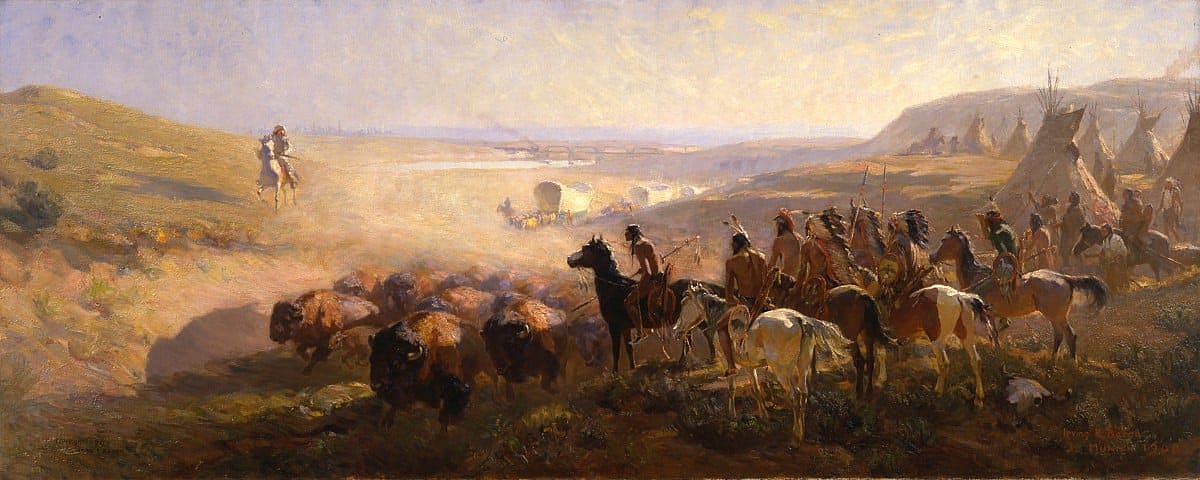
Buffalo Bill: Art Collector
This story was originally published by Richard Frost in a winter 1980 Buffalo Bill Center of the West newsletter.
Col. William F. “Buffalo Bill” Cody is a well known Old West personality for several reasons. He rode for the Pony Express, scouted for the U.S. Cavalry, and provided buffalo meat to the track-laying crews of the Kansas-Pacific Railroad.–

He had tremendous success with his “Wild West” productions at home and abroad. He helped found the Wyoming community which bears his name and used his influence to obtain for it the facilities important to future growth.
A lesser known fact about the famous frontiersman is that he was one of the first and foremost collectors of western art. At a time when many art critics of this country could see only the old masters of Europe, Buffalo Bill was purchasing work by painters of the American West.
He encouraged Charles Schreyvogel and gave him the run of his “Wild West” shows. Frederic Remington was an honored guest in Cody for the opening of the Irma Hotel in 1902.
Remington painted a number of pictures in the area, two of which hang in the Whitney Gallery of Western Art at the Buffalo Bill [Center of the West].
Works by artists such as Cooper, Cross, Schreyvogel, Bacon, and Bragg were in his collection. They were exhibited in the Irma Hotel from the time of its construction until the 1960s when they were given to the Buffalo Bill Memorial Association from the estate of Mrs. H.T. “Mother” Newell from the Cody Estate.
The Conquest of the Prairie by Irving R. Bacon hung for years over the registration desk in the hotel. Starting from the right of the painting with Native Americans and buffalo, the canvas depicts Cody leading a wagon train into the country. An early train and a city skyline fill out the long painting and symbolize future developments. It was not until the picture was cleaned and the old varnish removed in 1969 that the railroad and city reappeared and made the work complete.
H.H. Cross’ The Victor is a favorite of all children and many adults. The ten-foot tall painting of a huge buffalo standing over a fallen Native American is dramatic evidence of the dangers involved in hunting with primitive weapons.
Paintings of Buffalo Bill’s T.E. Ranch and his hunting lodge, Pahaska, by R. Farington Elwell are of fine quality and now have an added historic element to their portrayals.
Many people enjoyed seeing the Elk Herd by Cross as they dined at the Irma. The artist was generous by nature and gave every cow elk a bull elk of her own, and all in front of a brilliant Shoshone Canyon sunset.
The noted French equestrian painter, Rosa Bonheur, often made sketching trips to the Wild West arena in Paris in 1889. Her paintings of Cody astride the big white horse “Tucker” was one of his prized possessions which now decorates a wall in the Whitney Gallery.
Over a dozen paintings from Buffalo Bill’s collection at the Irma are now featured in various locations throughout the Center of the West. They represent considerable value and would make any man who owned them today wealthy.
Written By
Michaela Jones
Michaela, a Cody, Wyoming native, is the Centennial Media Intern at the Center of the West for the summer of 2017. She recently graduated from the University of Wyoming with a bachelor's degree in English and minors in professional writing and psychology. She's interested in writing for digital spaces, producing social media content, and learning about technology's impact on communication. In her spare time, she enjoys reading non-fiction, exploring the mountainous Wyoming regions, and spending time with family and friends.
